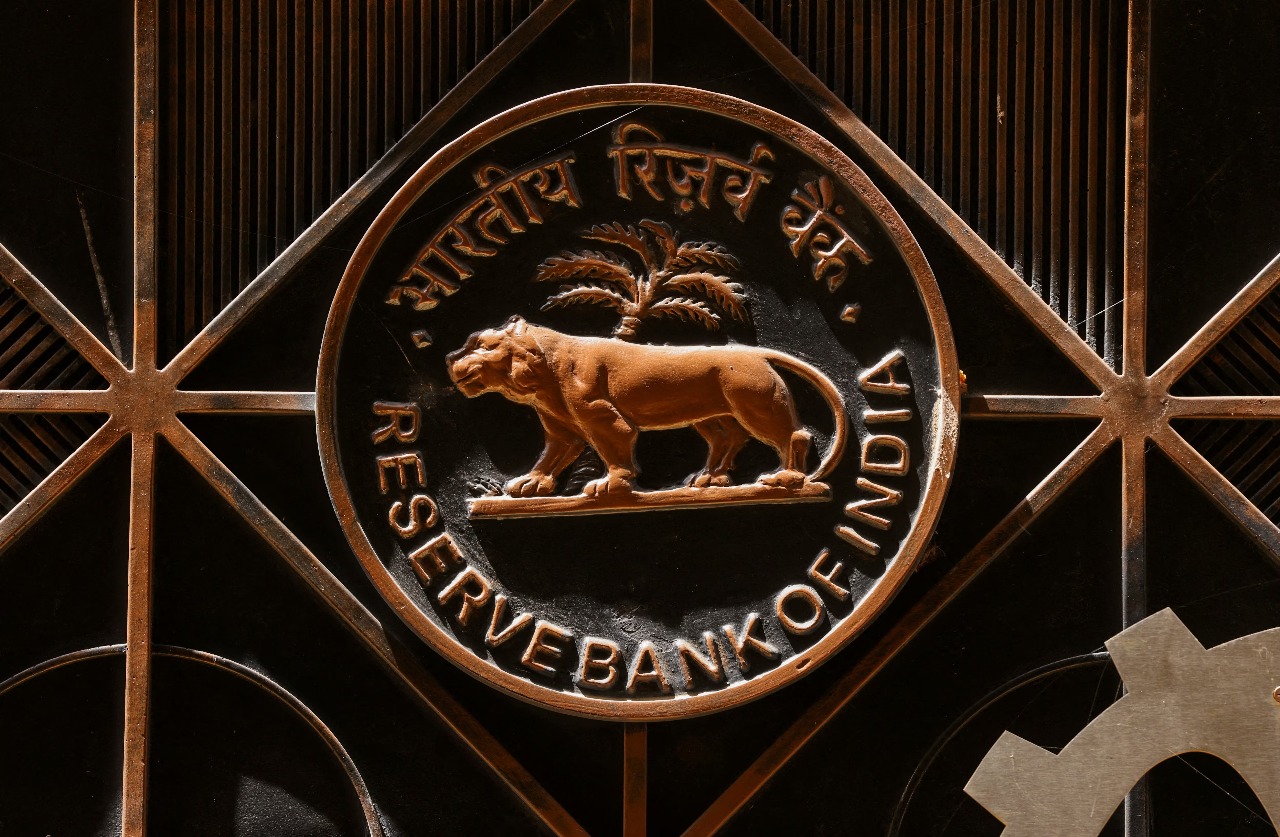Economic Outlook and Policy Adjustments The Reserve Bank of India is anticipated to cut the repo rate to 5.50% in August, maintaining the forecast from April's poll. Additionally, a 25 basis points reduction to 5.75% is expected on June 6, as per a Reuters survey where 53 out of 61 economists foresee this adjustment. These moves signal a shift in monetary policy aimed at addressing inflationary concerns and fostering economic growth.
Key Developments in Monetary Policy
The RBI has held interest rates steady for nine consecutive meetings, citing persistent inflationary pressures.
Inflation in India surged to 5.08% in June, driven by rising food prices, exceeding the central bank’s 4% medium-term target.
Despite strong GDP growth of approximately 8%, economists predict that the RBI will exercise caution before implementing further rate cuts.
Market Reactions and Economic Implications
Investor Sentiment: Financial markets have been closely monitoring the RBI’s stance, with expectations of a first rate cut in the fourth quarter.
Impact on Borrowing Costs: A lower repo rate could reduce borrowing costs, encouraging businesses and consumers to invest and spend more.
Inflation Control Measures: The RBI aims to balance inflation control with economic expansion, ensuring stability in financial markets.
Future Projections and Expert Opinions
Policy Forecast: While the RBI is expected to maintain its current rate at 6.50% during the August 6-8 meeting, economists anticipate a gradual easing of monetary policy in the upcoming quarters.
Global Comparisons: Any rate adjustments by the RBI will likely follow similar moves by the U.S. Federal Reserve, which is expected to cut rates in September.
Long-Term Strategy: The central bank’s approach reflects a careful trade-off between inflation control and sustaining economic momentum, ensuring financial stability.
Sources Reuters Poll The Economic Times Drishti IAS Business Standard
